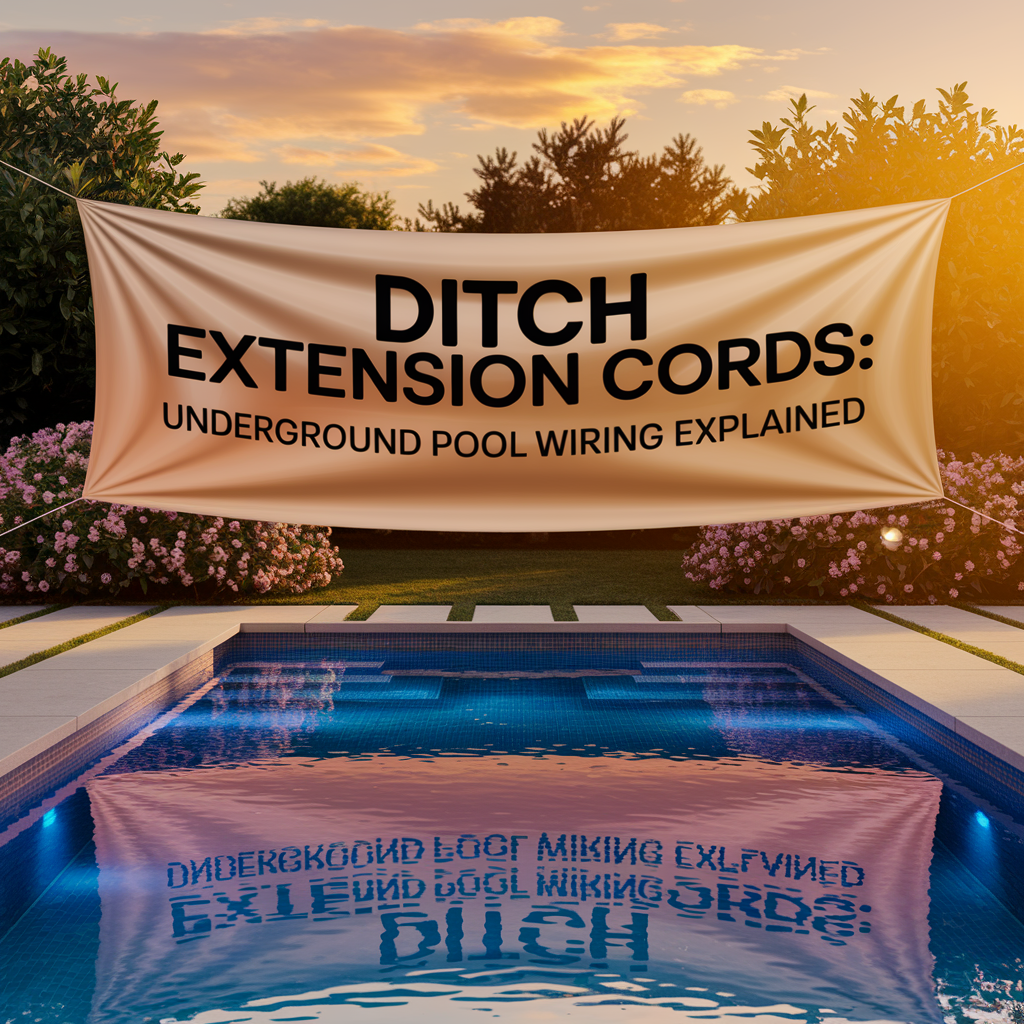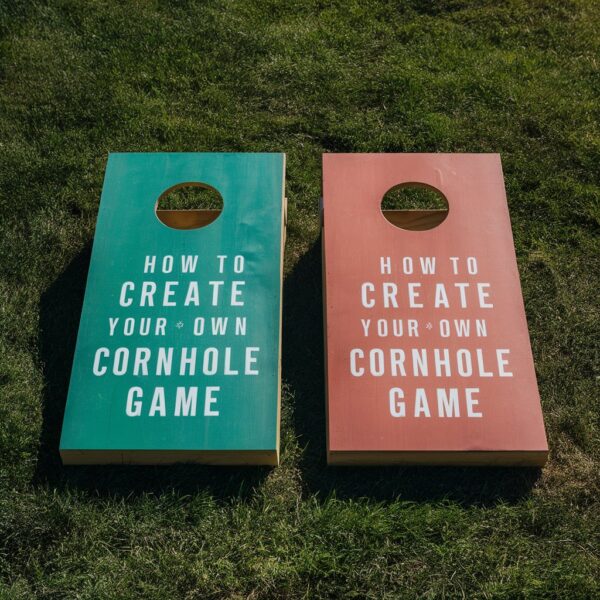
Ditch Extension Cords For Good! Stop Using Them With Your Above-Ground Swimming Pool!
If you’ve ever tripped over an extension cord while trying to enjoy your pool, you already know: there’s got to be a better way. Not only are extension cords a tripping hazard, but they’re also a fire and shock risk, especially around water. That’s why I made the switch—and let me tell you, installing underground pool wiring was one of the best decisions I’ve made for our backyard.
Let’s break down exactly what you need to know so you can do it safely, legally, and with confidence.
Why You Should Never Use Extension Cords for Pool Power
It might seem easier to just run an outdoor-rated extension cord from your pool pump or lights to the nearest outlet, but here’s why that shortcut isn’t worth the risk:
- Code Violations – According to the National Electrical Code (NEC), extension cords should never be used as permanent wiring. They’re not allowed for powering pool equipment—period.
- Fire & Shock Hazards – Electricity and water don’t mix. If your extension cord gets damaged or overloaded, you could be facing a serious accident.
- Trip Hazards & Weather Exposure – Rain, sun, lawn mowers… they all wear down cords. Plus, they make your backyard look messy.
👉 I dive deeper into electrical safety in this comprehensive home electrical guide.
What Is Underground Pool Wiring?
Underground pool wiring is simply the process of running power lines below ground from your breaker box to your pool equipment or lighting area. But don’t let the term “simple” fool you—it takes planning, the right tools, and code compliance.
The good news? Once it’s done, you’ll never have to worry about cords again.

Understanding Electrical Code: NEC Rules for Pool Wiring
If you’re planning to wire your own pool, you need to understand how the NEC (National Electrical Code) applies:
- GFCI protection is required for all outdoor pool electrical circuits. This is to protect you from shock in case of a fault.
- Conduit type and burial depth vary depending on the wiring material used:
- PVC conduit: 18 inches deep minimum
- Rigid metal conduit: 6 inches minimum
- Direct burial cable: 24 inches (if not inside conduit)
📌 Want to keep other home systems safe too? Here’s how to handle sediment in your water heater and how to pick the right water heater for your needs.
Tools & Materials You’ll Need
Before you start trenching, gather the essentials:
- UF-rated electrical wire or THWN in conduit
- PVC or metal conduit (depending on your setup)
- GFCI breaker
- Shovel or trenching tool
- Wire connectors & waterproof boxes
- Voltage tester
- Permits – check with your local inspector!
If you’re unsure about code specifics, it never hurts to talk with a local licensed electrician. I always double-check mine before digging.
Step-by-Step: How to Install Underground Pool Wiring
1. Plan the Route
Map out where your conduit will go from your panel to the pool area. Keep it straight when possible and avoid tree roots.
2. Dig the Trench
This part’s not glamorous, but it’s critical. Dig to the proper depth based on your conduit type. For most DIYers, PVC conduit 18″ deep is the sweet spot.
3. Install Conduit and Pull Wire
Run your conduit first, using elbows for turns. Then pull your THWN wires through using a fish tape or pull string. Always label your wires before connecting.
4. Hook Up to Breaker Box
Install a GFCI breaker dedicated to your pool. Make sure you label it clearly and secure all wires using waterproof boxes.
5. Install Pool Equipment Connections
Mount any outdoor boxes for pumps or lights, then wire up each component using weatherproof connectors.
6. Test Everything
Before burying your trench, test the voltage and GFCI trip function. You want to make sure everything works before covering it up.
🔧 I walk through similar step-by-step methods in this outdoor pool electric install guide.
Common Mistakes DIYers Make (That You Should Avoid)
After helping a few friends with their installs, I noticed some repeat offenders:
- Skipping permits: You might save time, but your insurance may not cover anything if it’s not permitted work.
- Not using GFCI: This one’s deadly. Don’t skip it.
- Too shallow: Burying wire too close to the surface can get you a code violation—or a busted line from your next shovel dig.
If you’ve ever dealt with condensation on your windows or rot from poor ventilation, you know how overlooked home mistakes can snowball.
When to Hire a Pro
There’s no shame in calling in a licensed electrician—especially if you:
- Aren’t familiar with code requirements
- Need to run power a long distance
- Are working with 240V systems or pool heaters
It’s always better to spend a bit upfront than deal with an expensive problem down the road.
Other Ways to Upgrade Your Backyard Pool Area
Now that your wiring is tucked away, it might be time to upgrade the whole backyard vibe. Here are a few ideas I tackled after mine:
- Built a custom rustic gate: Check it out in this guide — it changed everything.
- Planted privacy hedges: I found shrubs that grow insanely fast and gave my yard a whole new level of seclusion.
- Added smart lighting and plugs: Learn how in this DIY smart home project.
Underground Pool Wiring Is Worth It
Running underground pool wiring is one of those projects that seems intimidating at first—but once it’s in, it’s in. No more tripping over cords. No more worrying about code violations. Just safe, reliable, clean power exactly where you need it.
Whether you’re just powering a pump or lighting up your whole pool area, this one-time project can make a massive difference in safety and peace of mind.
If you’re serious about transforming your outdoor space, ditch the cords and go underground—you won’t regret it.
As an Amazon Associate we earn from qualifying purchases through some links in our articles.



